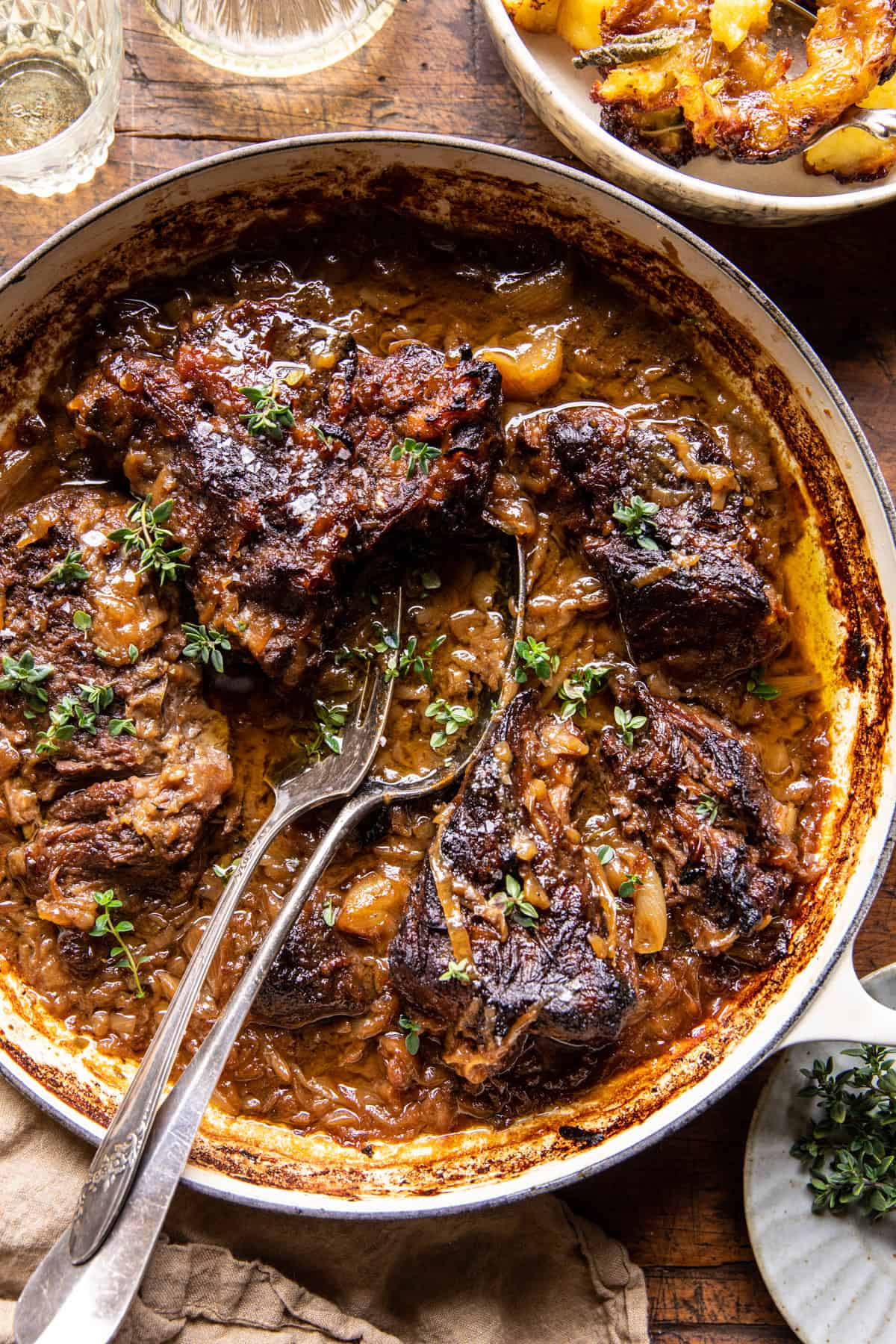Pesto Mushroom Chicken Lasagna Roll Ups
Delicious mushroom chicken lasagna roll ups with flavorful pesto ricotta and luxurious garlic parmesan cheese sauce. These easy lasagna roll ups are the perfect cozy comfort food and a great way to use up leftover chicken! Freezer-friendly and kiddo-approved.
Ingredients
For the mushrooms:
- 8 ounces baby bella mushrooms, sliced
- 1 tablespoon butter
- ½ teaspoon thyme
- Freshly ground salt and pepper
- For the lasagna roll ups:
- 8 lasagna noodles
- 2 cups shredded or finely chopped cooked chicken (about 1 pound)
- 1 cup shredded mozzarella cheese
For the pesto ricotta:
- 8 ounces whole milk ricotta
- 1 egg
- ⅓ cup your favorite basil pesto
- ¼ teaspoon garlic powder
- Freshly ground salt and pepper
For the garlic parmesan cheese sauce:
- 2 tablespoons butter
- ¼ cup all purpose flour
- 1 ¾ cup milk
- ½ cup grated parmesan cheese
- ½ teaspoon garlic powder
- Freshly ground salt and pepper, to taste
For on top:
- ¼ cup your favorite basil pesto
- ¾ cup shredded mozzarella
To garnish:
- Extra grated parmesan
- Basil ribbons
Instructions
-
Cook your mushrooms: Place a medium skillet over medium-high heat and add in 1 tablespoon butter. Once butter melts, add in the mushrooms, thyme and salt and pepper. Stir occasionally until mushrooms are cooked down and nice and golden brown, about 4-6 minutes. Set aside. Reserve skillet for use later. You’ll make the sauce in it.
-
Bring a large pot of water to a boil. Cook the lasagna noodles for 6 minutes, then drain. Immediately lay the noodles flat on an oiled baking sheet or cutting board so you can easily assemble the lasagna when ready. Don’t let the lasagna noodles touch or they’ll stick together. Another option is to soak the lasagna noodles in very warm (hot) water for 20-30 minutes if you do not want to boil them.
-
Preheat the oven to 350 degrees F. Grease a 2 quart casserole dish or a 7×11 inch baking dish with nonstick cooking spray or olive oil.
-
In a medium bowl, make the pesto ricotta mixture by mixing together the ricotta, egg, basil pesto, garlic powder and salt and pepper until smooth.
-
Next, assemble the lasagna roll ups: Spread a tablespoon or two of the pesto ricotta mixture on top each of the cooked lasagna noodles, then evenly top each with mushrooms and shredded chicken. Finally add 2 tablespoons shredded mozzarella on each. Roll up each lasagna roll up and place seam side down in the prepared pan.
-
Next, make the garlic parmesan sauce: In the same skillet you cooked mushrooms, add in 2 tablespoons of butter and place over medium heat. Once butter is melted, whisk in a little bit of the flour and then slowly add in milk, a little bit at a time, alternating with the flour and vigorously whisking away any lumps. Bring mixture to a boil, then reduce heat and simmer for a few minutes, stirring every so often. Stir in parmesan cheese, garlic powder, salt and LOTS of freshly ground black pepper.
-
Pour the garlic parmesan sauce over the lasagna roll ups. Spread ¼ cup basil pesto over the top of the roll ups – it’s totally fine if it gets in the sauce too, yum! Sprinkle ¾ cup shredded mozzarella cheese on top.
-
Bake for 30-40 minutes until sauce is bubbling. Garnish with a little extra parm and julienned basil, if desired.












